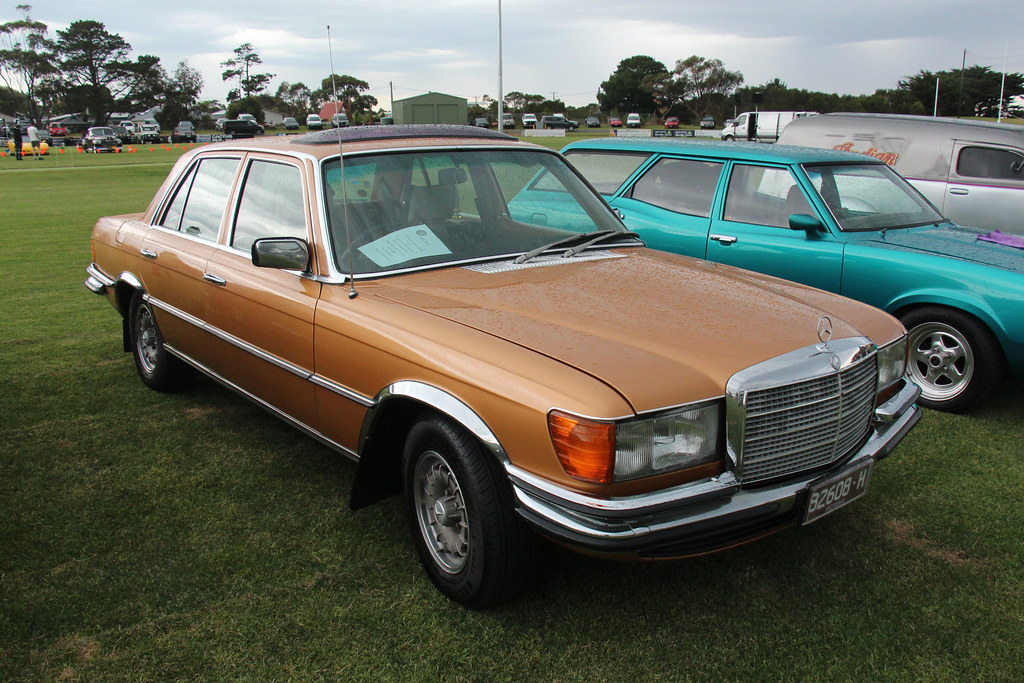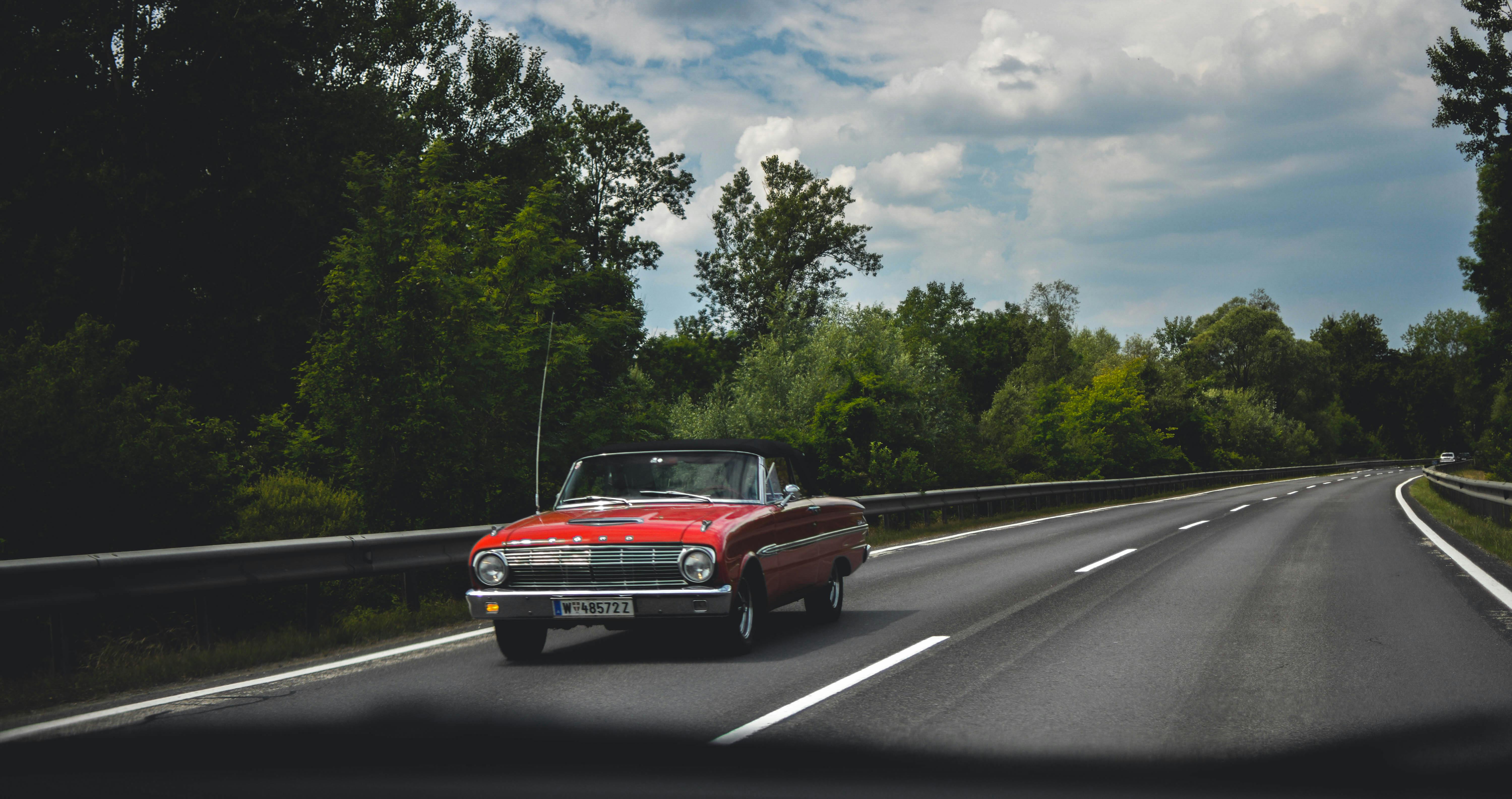
The allure of a road trip in a classic car is undeniable; it’s an experience steeped in nostalgia, freedom, and the sheer joy of piloting a piece of automotive history. The distinctive rumble of a vintage engine, the wind in your hair, and the open road ahead create a unique sense of adventure that few modern vehicles can replicate. However, to ensure this journey remains a cherished memory rather than a series of unfortunate mishaps, meticulous planning and proactive care are absolutely paramount.
Unlike their contemporary counterparts, classic cars often demand a heightened level of attention, both before you turn the key and throughout every mile of your journey. Overlooking even minor details can lead to unexpected breakdowns, safety hazards, and significant delays, turning a dream trip into a journey of stress and worry. This comprehensive guide provides the essential, often “untold” safety tips and practical advice, empowering you to keep your vintage car safe, running smoothly, and looking stunning, mile after mile. Let’s get your classic beauty road-trip ready!
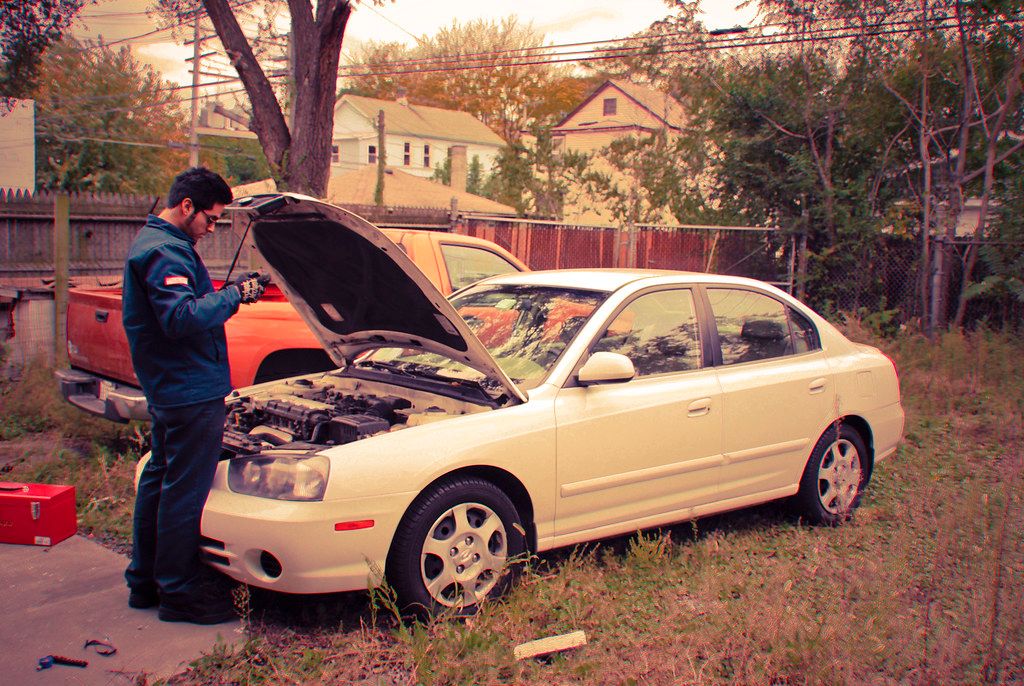
1. **Comprehensive Pre-Trip Vehicle Inspection**Before your classic beauty even sniffs the open road, a thorough, end-to-end inspection is not just recommended, it’s absolutely essential. This initial deep dive into your vehicle’s health is your first and most crucial defense against roadside woes, ensuring everything is in top shape for the adventure ahead. You wouldn’t want a minor oversight to turn a dream cruise into a stressful journey, so prioritizing mechanical readiness is non-negotiable.
Begin by meticulously checking all fluid levels—oil, coolant, brake fluid, and power steering fluid. Adequate levels are critical, and if it’s been a while, consider a quality tune-up, including changing the oil, checking spark plugs, and swapping air filters. Older cars are particularly prone to overheating, especially on long, hot trips, making consistent coolant levels vital. Ensure your braking system is fully operational by inspecting pads, rotors, and lines for wear, replacing any worn components to prevent potential brake failure.
Crucially, focus on your tires: check their pressure, tread depth, and look for any uneven wear which could signal alignment issues. If your tires are old, swapping them for new ones is a wise decision for a smoother, safer ride. Additionally, examine the electrical system: test the battery, starter, alternator, and all lights—headlights, brake lights, and turn signals—to ensure maximum visibility.
Finally, while personal checks are valuable, for a truly clean bill of health, especially if the car hasn’t driven long distances recently, a professional mechanic’s inspection is highly recommended. Their specialized tools and expertise can spot even the slightest problems that could intensify during an extended trip. A professional’s confirmation provides genuine peace of mind, allowing you to set out knowing your vintage ride is mechanically sound and ready for the miles ahead.
Read more about: 15 Essential Rules for Driving Safely on Gravel Roads: A Lifehacker’s Guide
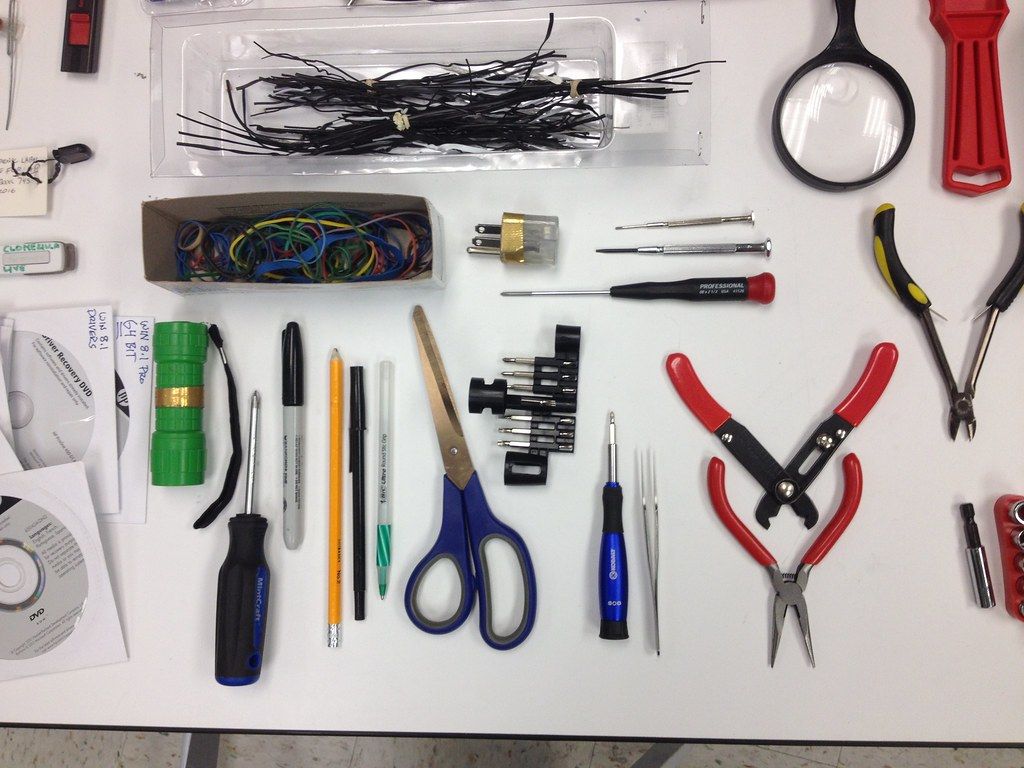
2. **Equip a Tailored Emergency Toolkit**No matter how perfectly maintained your classic car is, the open road can be unpredictable, making a well-stocked, vehicle-specific toolkit your indispensable roadside companion. For classic car owners, this kit is even more vital, as specific parts and quick fixes might be harder to come by in unfamiliar towns, often making the difference between a minor delay and a major headache.
Your basic toolkit should be compact yet comprehensive, including screwdrivers (flat and Phillips), pliers, a socket set, zip ties, and the universal savior: duct tape. A multitool offers versatility for various tasks. For classics, consider adding a small hammer for “persuasion” and a small can of WD-40 for sticky mechanisms. Don’t forget a reliable flashlight or head torch, paired with work or disposable gloves, for any night-time emergencies or greasy repairs.
Beyond general tools, pack model-specific spare parts. That obscure gasket, vintage bulb, or crucial belt could save your trip, as these items are often hard to find on the road. For older vehicles with distributors, a spare cap and rotor, along with a few extra fuses specific to your car’s electrical system, are smart inclusions. These small parts, if overlooked, can unexpectedly sideline your journey.
Crucial fluids are another cornerstone of your emergency kit. Always carry at least a liter of the correct engine oil and a couple of liters of premixed coolant. Depending on your car, some brake or power steering fluid might also be prudent, alongside a funnel and rags for clean top-offs. Lastly, a complete tire kit—including a tire repair kit and a portable air compressor—is paramount, even if you have a spare. A can of tire sealant/inflator can be a temporary trip-saver, allowing you to reach the nearest repair shop. Jumper cables or a compact lithium-ion jump starter pack are indispensable, especially for aging batteries or unexpected power drains.
Read more about: Your Ultimate Guide: 15 Essential Steps to Prep Your Classic Car for an Epic 1000-Mile Rally Adventure

3. **Strategic Route Planning & Weather Monitoring**The allure of a classic car road trip lies significantly in the journey itself, making strategic route planning a key component of an enjoyable adventure. Choosing the right roads can significantly enhance your experience, allowing you to fully appreciate both the scenery and your vintage vehicle’s capabilities. It’s about balancing the desire for picturesque landscapes with the practicalities of road quality, ensuring your classic car’s suspension won’t endure overly bumpy backroads.
Opt for scenic byways and routes renowned for their picturesque landscapes over the fastest highways. Regions featuring natural beauty, such as coastal drives, mountain passes, or rural backroads, provide breathtaking views and countless photo opportunities. Research and map out routes that feature landmarks, parks, and viewpoints before setting off. Websites and resources dedicated to road trips, along with traveler reviews, are invaluable for highlighting attractions and the best places to pause and explore.
Crucially, planning extends beyond scenic beauty to include diligent weather monitoring. Weather can quickly turn from an ally to your biggest challenge, especially for classic cars. Unexpected rain rarely mixes well with vintage vehicles, and adverse conditions can compromise driving safety. Be prepared to tweak your plans if the forecast takes a turn; if caught in a sudden downpour, find a safe place to wait it out rather than risking damage or a perilous drive. Checking forecasts ahead of time can also save you from unexpected detours or seasonal closures, like those affecting mountain passes in winter.
Maintaining flexibility is equally important for a truly worry-free adventure. While a predetermined route mapped out reduces stress, allow time to explore unplanned stops—a charming roadside diner or a unique local attraction. Some of the best memories come from spontaneous discoveries, adding depth to your journey. Consider traveling during shoulder seasons to avoid heavy traffic, which is easier on older engines, while still enjoying pleasant scenery and ensuring a more relaxed pace for your classic.
Read more about: Beyond the Rig: 12 Game-Changing Essentials Long-Haul Truckers Swear By (But Rarely Talk About)

4. **Mastering On-Road Vehicle Vigilance & Daily Checks**Once you’ve embarked on your classic car adventure, vigilance becomes your constant co-pilot. Even with thorough pre-trip preparation, the dynamic environment of the open road demands continuous attention to your vehicle’s performance and any subtle changes. Proactive observation and daily maintenance checks are your ticket to a trouble-free trip, allowing you to catch minor issues before they escalate into major problems that could sideline your journey.
One of the most critical aspects of on-road vigilance is monitoring your temperature gauge, especially when driving in hot weather or tackling hilly terrain. Classic cars are notoriously prone to overheating, a common and potentially damaging issue. If you notice the needle creeping towards the red, pull over safely and take a break, allowing your engine to cool down. Pushing an overheating engine can lead to severe mechanical damage, so knowing when to rest is as important as knowing when to drive.
Beyond the gauges, daily maintenance checks should become a morning ritual. Take a few minutes each morning to go through a simple yet effective routine. Re-check your oil and coolant levels; even a perfectly prepared classic can consume small amounts over long distances. Inspect your tires for proper inflation and wear, ensuring optimal contact with the road. This quick visual inspection can reveal anything from a slow leak to uneven wear that might indicate a developing problem, allowing for immediate attention.
Crucially, listen intently for any new or unusual noises your car might be making. A classic car has its own symphony, and any new squeak, rattle, or rumble is its way of telling you something is amiss. Familiarize yourself with your car’s common quirks and normal operating sounds. Does it tend to vapor lock? Keep a spray bottle of water handy to cool fuel lines. Knowing your car’s weak points allows you to prepare for and quickly address issues, maintaining the smooth rhythm and reliability of your road trip.
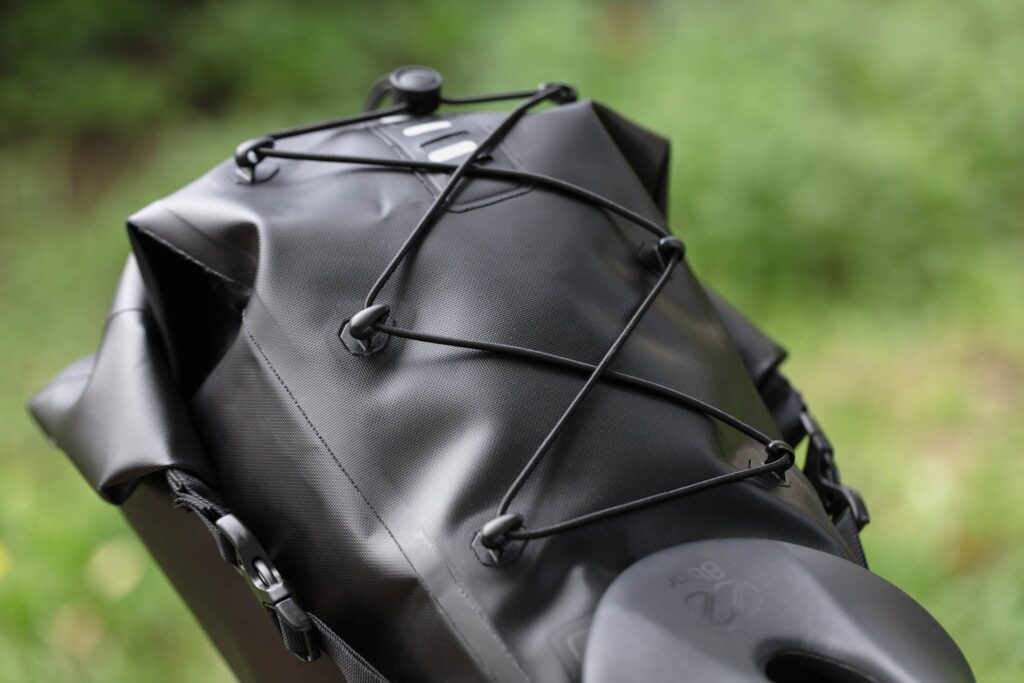
5. **Smart Packing for Comfort and Convenience**While mechanical readiness and safety are paramount, your personal comfort and convenience are equally vital for a truly enjoyable classic car road trip. Long hours behind the wheel, especially in vehicles that might not boast modern ergonomic luxuries, can take their toll. Thoughtful packing of comfort items ensures that you and your passengers remain refreshed, focused, and ready to relish every moment, rather than succumbing to fatigue or discomfort.
First and foremost, address seating comfort. Long drives in a classic can be bouncy, and older seats might lack modern support. Consider bringing a small cushion or lumbar support, especially if your car has vintage bucket-style race seats or worn upholstery; your back will undoubtedly thank you after hours on the road. Paired with this, pack breathable clothing, comfortable shoes, and layers. Sun protection is key: hats and sunglasses are a must, particularly in convertibles, to guard against sun’s glare and UV rays, preventing the dreaded “driver’s tan.”
Hydration and sustenance are paramount. Always have a generous stash of snacks and plenty of water in the car. Healthy options like nuts, trail mix, and granola bars help maintain energy levels during long drives, reducing the need for frequent stops. For moments when drowsiness creeps in, some caffeine – be it energy drinks or cold coffee – can provide a much-needed boost. Staying hydrated is often overlooked but crucial for maintaining focus and comfort during extended driving periods.
Beyond the basics, consider items that enhance the driving experience and maintain cabin cleanliness. Driving gloves, while a personal preference, not only look the part in a classic but also improve grip and comfort. For classics with noisy cabins, a simple set of foam earplugs or earbuds with mild noise-cancelling can significantly reduce fatigue from droning highway speeds. Finally, always have wet wipes for quick clean-ups and a simple plastic rubbish bag to keep your classic’s interior tidy, ensuring comfort extends to the entire cabin environment.
Read more about: Future Forward: 11 Game-Changing SUVs Worth Every Moment of Your 2026 Wait
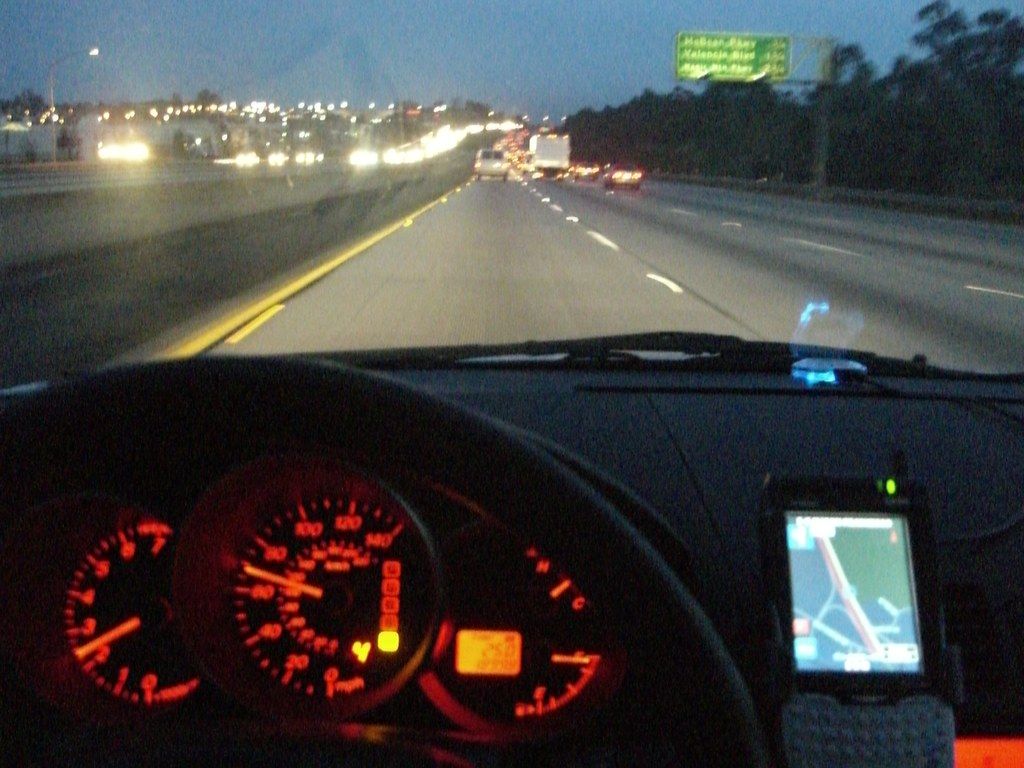
6. **Leveraging Modern Tech for Protection & Navigation**While your classic car might be a testament to a bygone era, decidedly low-tech in its original form, modern gadgets can be seamlessly integrated to add invaluable layers of protection, convenience, and peace of mind to your road trip. The intelligent application of contemporary technology doesn’t detract from the vintage experience; instead, it safeguards it, allowing you to enjoy the analog thrill without modern worries.
A GPS tracker, for instance, is far more than just a theft deterrent, though that benefit alone is significant for a valuable classic car. It can also help loved ones keep tabs on your journey, providing reassurance, especially if you venture into areas with spotty cell service. This allows for an added layer of safety without constantly needing to check in, enabling a more relaxed and immersive driving experience. Knowing your car’s location at all times provides invaluable security and logistical support.
Another wise investment is a dash cam. In the unfortunate event of an accident, it provides irrefutable video evidence, which can be invaluable for insurance purposes and legal clarity. Beyond its protective function, a dash cam or a GoPro is a fantastic tool for documenting your epic drive, capturing stunning footage of scenic routes, alpine passes, or charming village streets for posterity. These digital memories can be revisited long after the engine cools, adding another dimension to your adventure.
Your smartphone, despite its modern pedigree, becomes a powerful co-pilot when equipped with the right applications. Apps like Hagerty’s DriveShare can provide roadside assistance tailored specifically to classic cars, connecting you with specialized help when needed. GasBuddy assists in finding the best fuel prices, a practical consideration for any road trip. Crucial weather apps keep you ahead of storms, allowing for timely route adjustments. Furthermore, dedicated GPS devices or offline maps downloaded to your phone are essential for navigation, especially in areas with weak cell signals, preventing you from getting lost in the middle of nowhere. Ensure you have necessary charging infrastructure: multiple cables, a phone mount, and a multi-port USB charger. For classics without built-in USB ports, a 12V adapter or a high-capacity external battery pack is incredibly useful for longer trips. These tech essentials, while not part of your car’s original design, are indispensable tools for a smooth, safe, and connected classic car road trip in the modern age.
Read more about: 14 Practical Ways Drones Revolutionize Off-Road Trail Scouting for Enthusiasts

7. **Ensuring Legal Compliance**Embarking on an international classic car road trip, particularly across diverse regions like Europe, demands a keen understanding of legal requirements. Each country often boasts its own specific rules regarding the essential safety items drivers must carry. Neglecting these seemingly minor details can lead to unexpected fines or, worse, significant roadside delays, dimming the joy of your meticulously planned vintage adventure.
A prime example of these mandates is the requirement for reflective or high-visibility vests. Many European countries, including France, Italy, and Spain, insist that a high-vis vest be available for each occupant and stored within easy reach, not tucked away in the boot. This critical safety measure ensures you remain visible to other motorists if you ever need to stop on the roadside, especially during a breakdown or in low-light conditions, drastically reducing the risk of accidents.
Another common legal necessity is a warning triangle. If your classic car wasn’t originally equipped with one, acquiring a collapsible triangle is a wise investment. This is legally required in numerous places to be deployed a safe distance behind your vehicle in the event of a roadside stop, alerting approaching traffic to a hazard. Additionally, a first aid kit is not just a smart idea for personal emergencies but a legal obligation in some countries, like Germany, underscoring the importance of basic medical preparedness.
Certain nations also have specific requirements that might surprise the unprepared traveler. For instance, a small automotive fire extinguisher is mandated in a few countries, and while classic cars are cherished, older wiring or fuel systems can sometimes be a tad more flammable, making this a practical safety inclusion. Spare bulbs for headlights and taillights are another often-overlooked item that is technically required in some locales, ensuring you maintain full illumination and visibility on the road.
Beyond physical items, documentation stickers play a crucial role. For those traveling from the UK into the EU post-Brexit, a ‘UK’ sticker on your car is now a requirement. Similarly, if your vintage license plates don’t feature the EU-style country code, a country code sticker is necessary. Furthermore, if your journey takes you through urban centers, research low-emission zone stickers like France’s Crit’Air vignette or similar German requirements. Being fully compliant with these legal must-haves ensures your classic car journey remains smooth, hassle-free, and legally sound.
Read more about: Decoding Mexico’s Financial Backbone: A Deep Dive into the NIF for Savvy Professionals
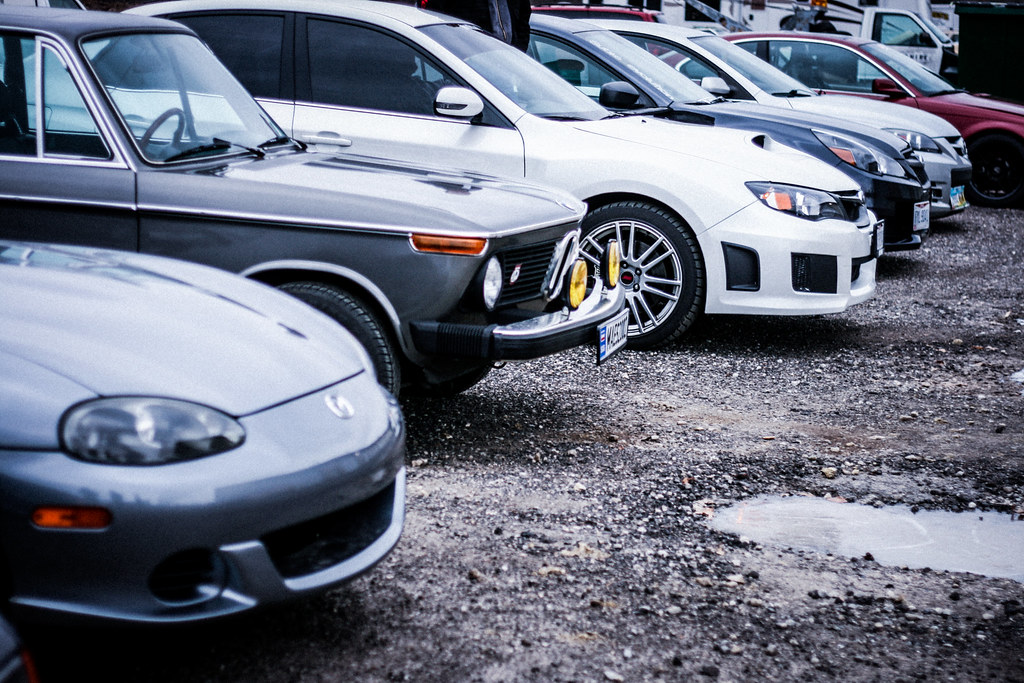
8. **Understanding Your Car’s Peculiarities**Every classic car, with its unique history and engineering, possesses its own set of charming quirks and potential weak points. Unlike modern vehicles that offer universal diagnostics, mastering the eccentricities of your vintage ride is an invaluable skill for any classic car road-tripper. This intimate knowledge allows you to anticipate potential issues, prepare specific solutions, and quickly address problems before they escalate, maintaining the smooth rhythm of your adventure.
Take, for instance, the notorious issue of vapor lock, a common problem in older fuel systems, especially in hot weather or heavy traffic. If your car tends to experience this, a simple trick like carrying a spray bottle of water to cool the fuel lines can be a trip-saver. It’s these specific, model-dependent solutions that often make the difference between a minor pause and a frustrating breakdown, highlighting the advantage of knowing your vehicle’s specific vulnerabilities.
Another example relates to the ignition system. For vehicles equipped with distributors, issues with the cap and rotor can quickly sideline your journey. Knowing this common weak point means packing a spare cap and rotor, along with the basic tools to swap them out. These small, relatively inexpensive parts, if overlooked, can unexpectedly halt your progress, whereas having them on hand transforms a potential crisis into a quick, manageable repair.
The key to truly understanding your classic car lies in careful observation and active listening. Pay close attention to its usual operating sounds, smells, and sensations. Does it have a specific warm-up routine? Does the engine run differently after an extended period at high RPMs? Familiarizing yourself with these nuances allows you to detect any deviation from the norm early on, prompting timely investigation before a minor anomaly evolves into a significant mechanical failure.
This deep familiarity with your classic car’s particular habits isn’t just about problem-solving; it’s about fostering a deeper connection with your vehicle. It transforms you from a mere driver into a knowledgeable custodian, equipped to handle the unique demands of vintage motoring. This proactive approach, rooted in understanding your car’s individual character, ensures you can truly relish every mile, confidently navigating any challenge the open road might present.
Read more about: Buyer Beware: Unmasking 12 Vehicles Plagued by Early Mechanical Woes and Reliability Nightmares

9. **Strategic Parking**Safeguarding your classic car extends beyond the open road to where you choose to park it, especially overnight or during extended stops. Unlike contemporary cars with advanced security features, vintage vehicles can be more susceptible to environmental damage or theft. Strategic parking is therefore not just about convenience, but a crucial element of protecting your prized possession from various hazards, ensuring it remains safe and pristine throughout your journey.
When selecting a parking spot, prioritize covered areas whenever possible. Carports, multi-story car parks, or designated covered hotel parking offer invaluable protection from the elements. This shields your car from harsh sunlight, which can fade paint and crack interior plastics, as well as from rain, hail, and unexpected debris. If covered parking isn’t an option, remember to deploy that quality car cover you thoughtfully packed, acting as a crucial barrier against weather and curious eyes.
For overnight stays, the choice of lodging and its parking facilities becomes paramount. Opting for hotels that provide secure parking options—such as gated lots, underground garages, or areas with surveillance—adds a significant layer of security. Well-lit areas are always preferable to dimly lit or secluded spots, as visibility acts as a natural deterrent against theft and vandalism, giving you greater peace of mind while you rest.
Beyond security, consider the impact on your car’s mechanics. Parking on uneven surfaces for extended periods can stress your suspension components or cause fluids to settle unnaturally. Aim for level ground wherever possible. Also, be mindful of where you position your exhaust, especially in areas with dry grass or flammable materials, as the heat can pose a fire risk, a particular concern for older vehicles.
Ultimately, every parking decision should balance accessibility with optimal protection for your classic car. Taking a few extra minutes to find a secure, sheltered, and well-monitored spot can save you from costly repairs or the heartache of theft. It’s a small but significant act of vigilance that contributes greatly to the overall success and enjoyment of your classic car road trip, allowing you to focus on the adventure, not the worry.
Read more about: Fuel Your Passion: The 12 Must-Read Automotive History Books Every Car Enthusiast Needs on Their Shelf

10. **Optimizing Luggage**Packing for a classic car road trip presents a unique challenge, primarily due to the often-limited and irregularly shaped storage spaces found in vintage vehicles. Modern suitcases designed for large trunks simply won’t do. Optimizing your luggage strategy isn’t just about fitting everything in; it’s about making smart choices that enhance comfort, maintain safety, and allow room for the inevitable souvenirs that will become cherished mementos of your journey.
The golden rule for classic car luggage is to embrace soft-sided bags. Ditch rigid suitcases in favor of duffel bags or soft luggage that can be squished, molded, and tucked into the odd nooks and crannies of a classic car’s boot, frunk (if applicable), or even behind the seats. These flexible options maximize usable space, allowing you to utilize every available cubic inch without causing damage to the car’s interior or your belongings.
When selecting clothing, think multi-use and layers. Choose garments that can be mixed, matched, and adapted for various weather conditions or occasions. A light, rainproof jacket, versatile jeans, and comfortable shoes that work for both walking and a casual dinner will significantly reduce the sheer volume of clothes needed. Remember, fewer shoes directly translates to more precious cargo space, allowing you to prioritize other essentials or souvenirs.
Furthermore, become adept at utilizing every bit of “dead space” within your vehicle. Small items can be tucked into footwells, behind seats, or within the compartments around the spare tire. Just ensure all items are securely stowed so they don’t shift around during spirited driving or become dangerous projectiles under hard braking. This meticulous approach ensures that even the smallest pockets of space contribute to your overall packing efficiency.
For those whose classics possess rain gutters, a vintage-style roof rack can be a functional and aesthetically pleasing addition, perfect for a spare tire or additional luggage (just ensure everything is waterproof-wrapped). Similarly, some classic sports cars have rear luggage shelves or racks, offering extra capacity. And here’s a pro tip: always leave a little room for souvenirs. Whether it’s local wine, artisanal crafts, or quirky antiques, you’ll inevitably pick up treasures along the way, and having designated space for them avoids a last-minute packing dilemma.
Read more about: The 2025 Toyota Wish Redesign: The Ultimate MPV Reimagined, and Your Guide to Finding Your Automotive Wish List Gem
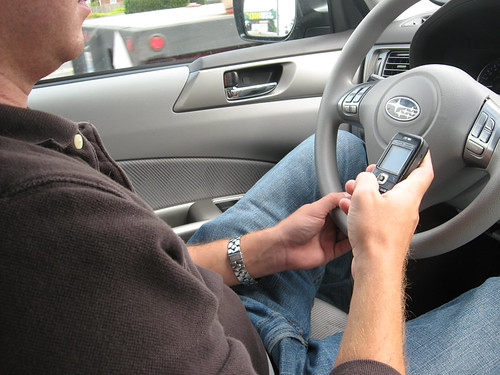
11. **Securing On-Route Assistance**Even with the most rigorous pre-trip inspections and daily checks, the unpredictable nature of classic cars and the open road means that issues beyond your expertise can occasionally arise. Having a clear, well-researched plan for securing on-route assistance is not just a contingency; it’s a fundamental pillar of a truly worry-free classic car road trip. This foresight ensures that a minor mechanical hiccup doesn’t transform into a stranded nightmare.
Before you even turn the key, make an effort to research reputable classic car mechanics along your planned route. Utilize online resources like specialized forums, classic car club recommendations, or apps like Yelp to identify trustworthy shops. Knowing the contact information and locations of a few key specialists in advance, especially in remote areas or major cities you’ll pass through, provides an invaluable safety net, offering peace of mind should professional intervention be required.
Beyond independent mechanics, specialized roadside assistance programs are a classic car owner’s best friend. Apps such as Hagerty’s DriveShare, mentioned previously for its technological benefits, can also connect you with roadside assistance tailored specifically to vintage vehicles. This kind of specialized service understands the delicate nature of classic cars, dispatching appropriate tow trucks and repair services that are equipped to handle older models without causing further damage.
Always ensure your personal automotive insurance includes comprehensive roadside assistance coverage, and understand its limitations, especially when traveling internationally. Some policies might have geographical restrictions or limits on towing distances, so clarify these details before your journey. Having this information readily available, along with your policy number and emergency contact details, is critical for swift action in an unexpected situation.
Furthermore, consider connecting with fellow enthusiasts through classic car forums or social media groups. These communities can be goldmines for recommendations or even direct assistance from a local who understands your car’s particular make and model. While navigating unforeseen challenges, a prepared and proactive approach to securing on-route assistance is what truly distinguishes a seasoned classic car adventurer, allowing you to swiftly overcome obstacles and continue relishing the journey.
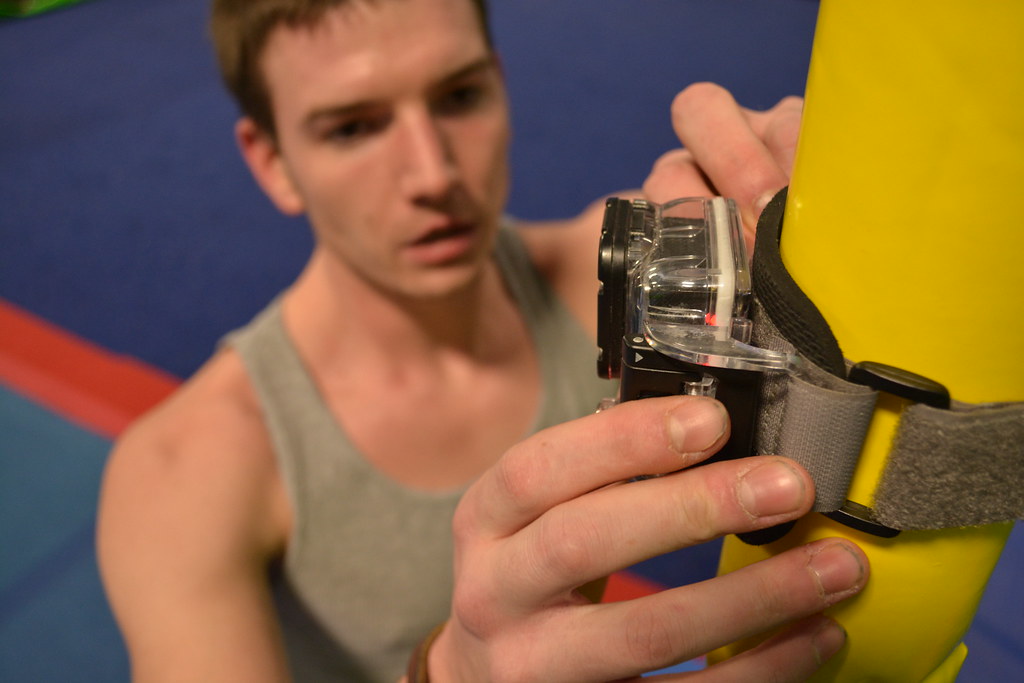
12. **Documenting Your Unforgettable Classic Car Adventure**A classic car road trip is inherently an experience brimming with nostalgia, freedom, and breathtaking moments that deserve to be cherished and revisited long after the engine cools. Documenting your adventure isn’t just about taking pictures; it’s about capturing the essence of the journey, preserving memories, and creating a narrative that you can share and relive for years to come. This careful record-keeping adds a profound layer of depth to your entire experience.
A high-quality camera or smartphone is your primary tool for capturing the visual splendor of your trip. Focus on photographing your classic car against stunning backdrops—a winding coastal road, a majestic mountain pass, or a charming village square. Don’t forget to capture candid moments, the roadside stops, the quirky discoveries, and the people you meet along the way. These images will tell the story of your unique journey, evoking emotions and details that words alone cannot.
While Section 1 touched upon the protective aspects of a dash cam, its role in documenting your adventure is equally significant. A dash cam, or even a mounted GoPro, can continuously record your drive, capturing stunning time-lapses of scenic routes and unexpected wildlife encounters. These video snippets provide a dynamic record of the journey, allowing you to relive the changing landscapes and the feeling of the open road, adding a cinematic quality to your memories.
Beyond visual documentation, consider keeping a travel journal. Jot down daily reflections, memorable conversations, challenges overcome, and amusing anecdotes. This personal narrative adds context and emotional resonance to your photographs and videos, creating a holistic account of your experiences. For the musically inclined, curating a specific road trip playlist, filled with tunes that become the soundtrack to your journey, further cements memories to specific moments.
Ultimately, documenting your classic car adventure transforms fleeting moments into lasting legacies. It allows you to share your passion, inspire others, and reflect on the unique bond between you and your vintage machine. From the rumble of the engine to the wind in your hair, capturing these elements ensures that your unforgettable road trip isn’t just a memory, but a story told for generations, celebrating the enduring allure of classic motoring.
Read more about: Fuel Your Passion: The 12 Must-Read Automotive History Books Every Car Enthusiast Needs on Their Shelf
The open road, with its endless horizons and untold stories, beckons. Your classic car, a testament to automotive artistry and a portal to pure driving pleasure, is not just a vehicle; it’s a living piece of history, eager to share in your next grand adventure. We’ve equipped you with the knowledge, from meticulous pre-trip prep to navigating the intricacies of the journey itself, ensuring that every mile you traverse is not just safe, but truly unforgettable. Remember, the essence of classic car road tripping lies not merely in reaching a destination, but in savoring every moment of the journey—the quirks, the challenges, the triumphs, and the sheer, unadulterated joy of the ride. So, plan with purpose, drive with passion, and let your vintage beauty carry you to horizons unknown, crafting memories that will echo for a lifetime.


